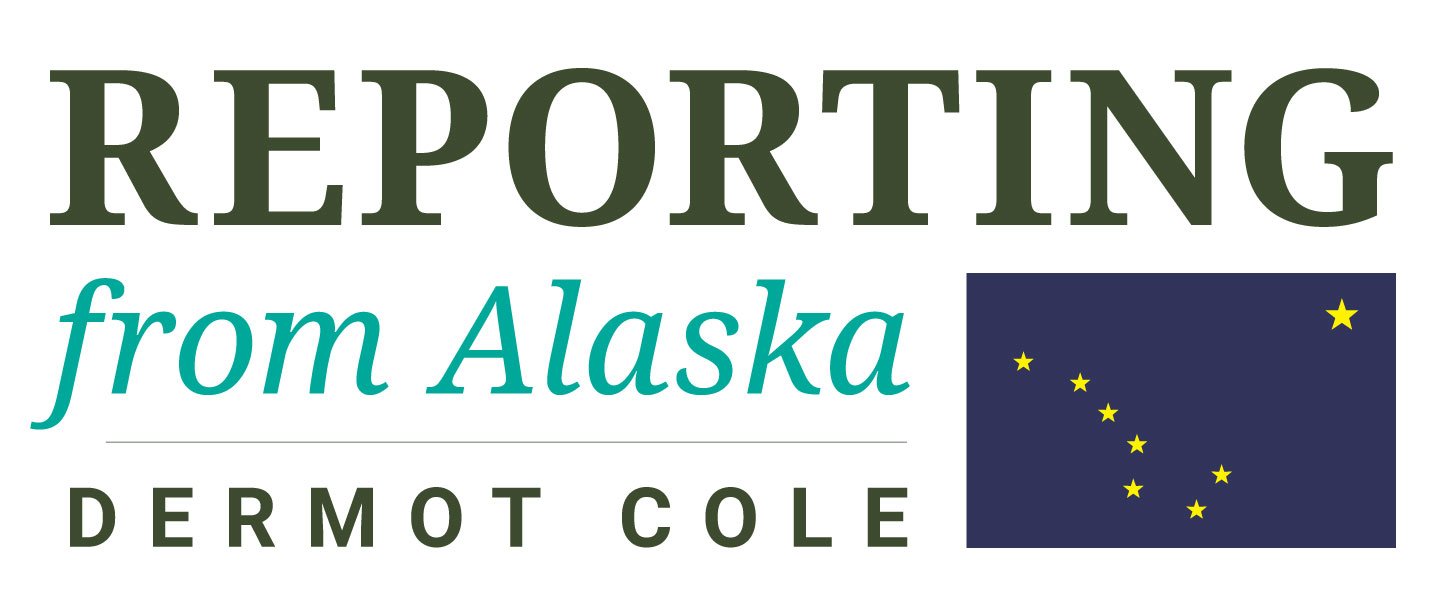Vital questions for state about go-slow approach on PFAS regulations
The latest information about sulfolane contamination and PFAS pollution are to be included in a Wednesday open house in North Pole at which the main subject deals with connecting to the expanded North Pole water system.
The open house is from 3 p.m. to 8 p.m. at the North Pole Plaza Mall.
PFAS, which stands for a variety of compounds known as polyfluoroalkyl and perfluoroalkyl substances, have long been used in special firefighting foam at airports, industrial facilities and military installations. The chemicals have now been detected in ground water in numerous locations, leading to concerns about drinking water and the impact on humans and the environment.
There are many unanswered questions about PFAS and the state approach to regulating them. Here are 10 that come to mind that should be addressed by the state as soon as possible.
1. Why aren’t fish being tested for PFAS?
2. Have more fish tissues been collected from the North Pole area or elsewhere in the state? Have they been analyzed? What are the results?
3. Who in the Dunleavy administration decided that DEC should not use the sum of 5 PFAS substances, as included in regulations that nearly became law, and instead chose to limit monitoring to just PFOS and PFOA? Emails released earlier this year seem to point to politics as the deciding factor.
4. In April, DEC Commissioner Jason Brune and DOT Commissioner John Mackinnon wrote, “We will continue to voluntarily test according to the EPA’s Lifetime Health Advisory level of 70 parts per trillion of PFOS and PFOA when addressing contaminated sites, as these are the two most studied PFAS compounds.” Was this based on a health analysis? Why did the state abandon this position and decide that 16 other substances would be measured?
5. Why hasn’t the $9.4 million appropriated by the legislature to investigate PFAS been spent? Will it be spent and when?
6.. What is the Dunleavy administration doing to investigate other potential sources of PFAS contamination across the state? Is more sampling planned and where?
7. Why is DEC Commissioner Brune sticking to the idea that following EPA’s lead is the right approach for protecting public health, when EPA’s process is expected to take years, while dealing only with PFOS and PFOA, leaving out many other substances?
8. Why is the scientific staff of DEC not out front on this issue and answering questions from the public and media?
9. Commissioner Brune has complained about how long its taken for EPA to approve DEC’s mixing zone regulations for water quality. Why hasn’t he complained about how long its taking for EPA to act on PFAS for drinking water?
10. Why shouldn’t Alaska follow the lead of New Hampshire, New York, Minnesota, Massachusetts, New Jersey and other states that have moved ahead with PFAS regulations because of delays by the EPA?

